I took this photo of a moth that unknowingly came inside on my shirt.
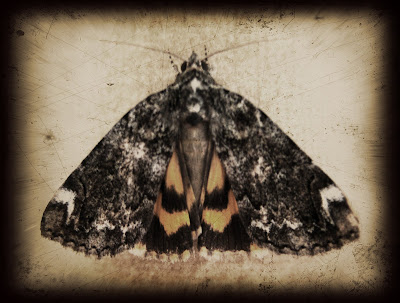

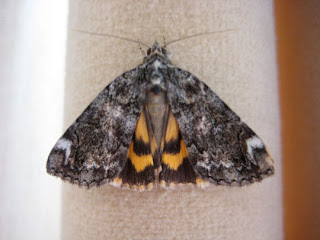 The photo on the right is the original, on the left is the photo that I manipulated the color and contrast. My daughter taught me how to create the framed vintage effect on the top photo layering several images and then combining them into one image.
The photo on the right is the original, on the left is the photo that I manipulated the color and contrast. My daughter taught me how to create the framed vintage effect on the top photo layering several images and then combining them into one image.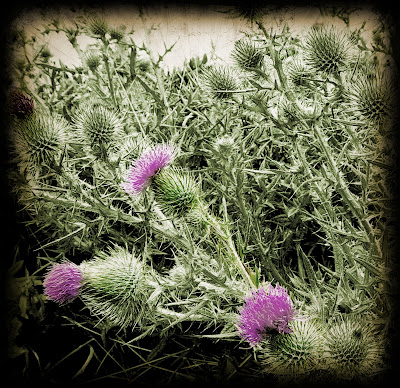
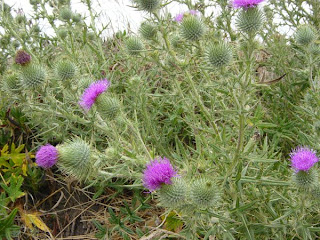 On the left is my original uncropped thistle photo. Once again I played with layers. I had my original as the bottom layer and placed a duplicate image on top. I desaturated the top image (turned it black and white) and then colorized it green. Using the eraser tool I erased the thistle flower from the top layer exposing the purple flowers from the bottom layer. I added an image of a vintage photo lens that I tinted sepia to frame the image and multiplied the layers.
On the left is my original uncropped thistle photo. Once again I played with layers. I had my original as the bottom layer and placed a duplicate image on top. I desaturated the top image (turned it black and white) and then colorized it green. Using the eraser tool I erased the thistle flower from the top layer exposing the purple flowers from the bottom layer. I added an image of a vintage photo lens that I tinted sepia to frame the image and multiplied the layers.This apple tree photo was done in a similar way, de-saturating the top layer until there was just a hint of color, then using the eraser tool to remove areas from the top layer, exposing the colored layer below.

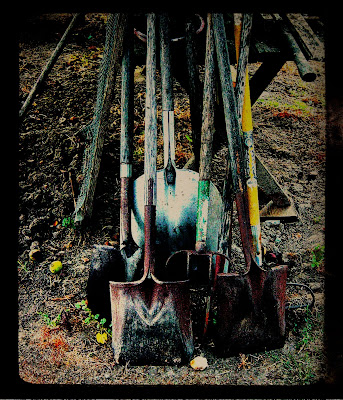 With the shovel photo, I mostly played with the contrast and color saturation.
With the shovel photo, I mostly played with the contrast and color saturation.I took these photos at a friends home in California a couple years ago, they have a lovely property filled with fruit trees and vegetable gardens.






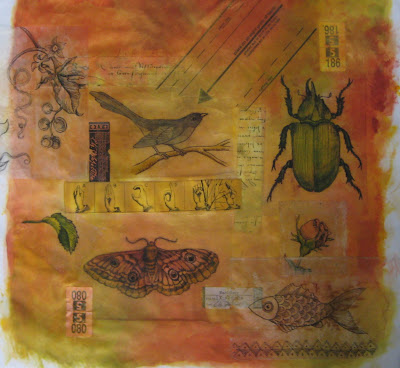
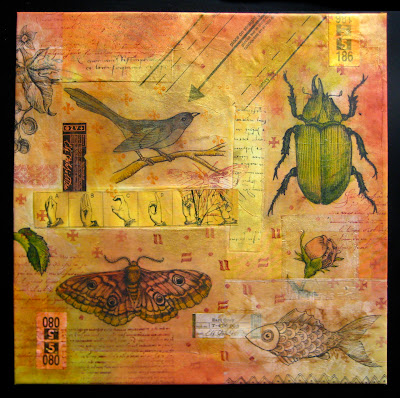
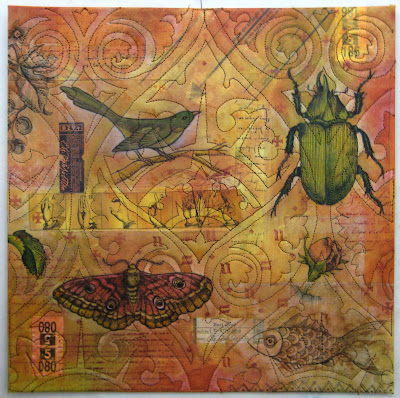
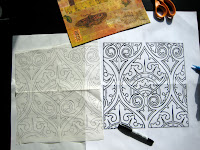

























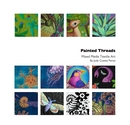
























Judy,your works blending paper and quilting are so wonderful! I really like how you have achieved a vintage look with this. Can you tell us how you did the border, it looks like couching.
Hi Karen, it is couching. When I make small quilts I trim them to size and do a straight stitch along the very edge. Then I take multiple yarns and couch them to the edge of the quilt with monofilament in the top and regular thread in the bobbin, twisting the yarns as I go.